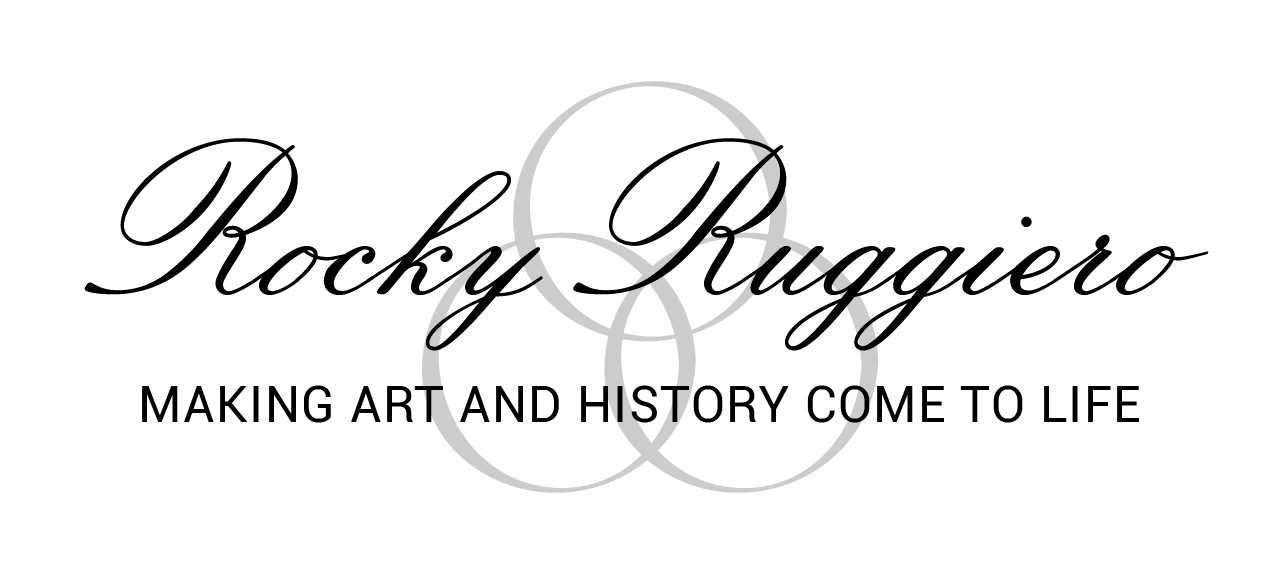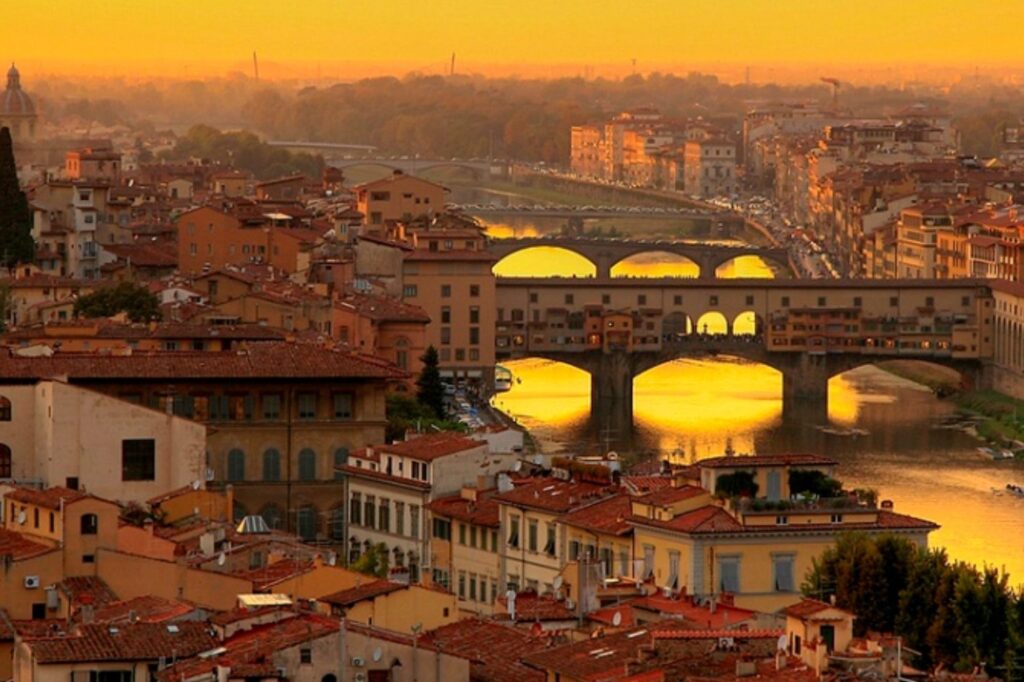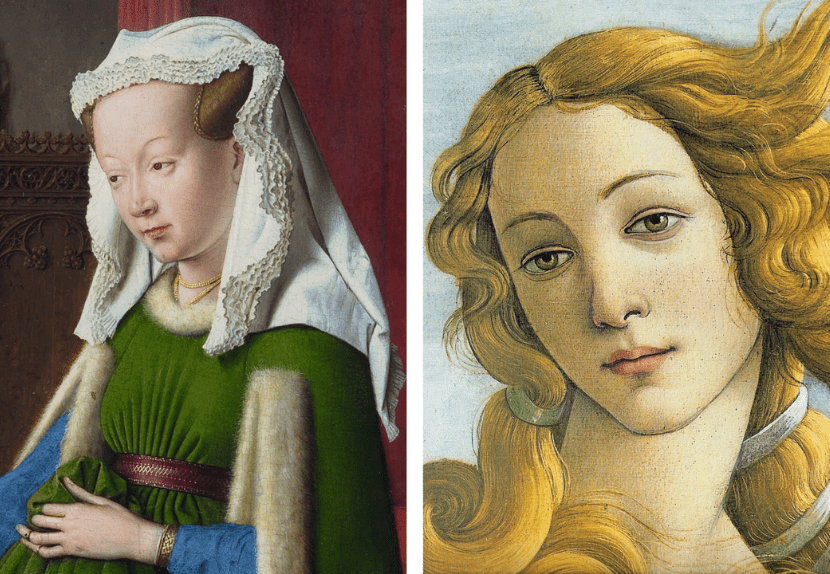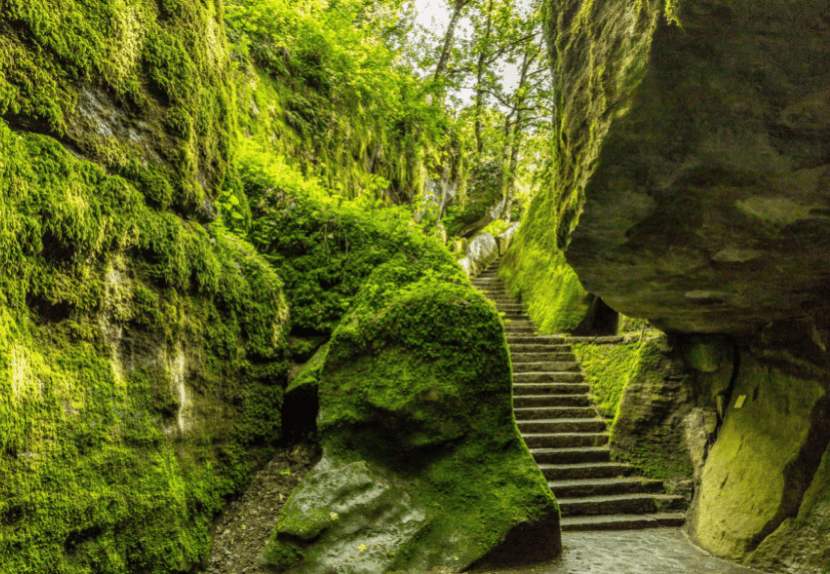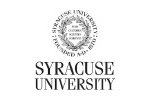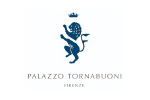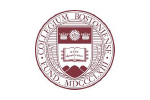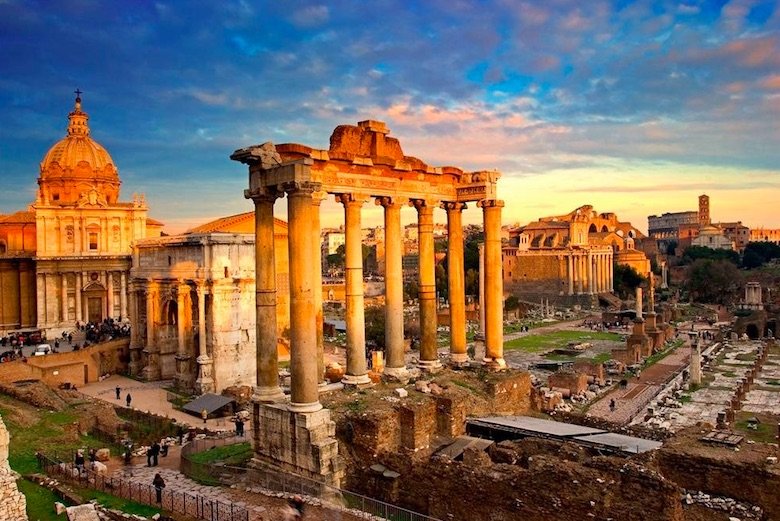
Most of modern Western culture derives from ancient Greco-Roman civilization. From our political structure, judicial system, language, philosophy, art, architecture and even sports, Western society is very much a product of the ancient Greek and – because the Romans imported most of their culture from Greece – Roman world.
Well, that world ended in the 5th century CE. Whether because the Roman Empire imploded because it dared to control too much of the world; or because, in history, as in nature, all things eventually run their course, by 476CE the Western Roman world was no more. The effects of this catastrophe were devastating. The first global infrastructure disappeared in the Western world, and with it just about everything that defines a civilization – politics, society, culture, economics, communications, religion and art. According to St. Gerome, when the city of Rome was sacked in 410CE, “The light of the world has gone out.”
Whenever a power structure collapses, a power vacuum is created. This very simply means that no one is in charge. No direction means no organization, and no organization means chaos. A chaos made worse by the fact that displaced barbarian hoards (see the Visigoths, Ostrogoths, Vandals and Huns) that had participated in no small way in Rome’s collapse saw the opportunity to very simply rape, pillage, and plunder the Roman world without restraint. Their attention was focused mainly on Roman cities, where a majority of the material wealth was concentrated. Not surprisingly, the inhabitants of these cities abandoned urban centers and sought safety in the relative isolation of the countryside.
Soon these barbarians became the rulers of the western world, and although they adopted the customs and religion (which by that time was Christianity) of their Roman predecessors, tribal feuding made any kind of political or economic stability impossible. And so Western Europe entered into what historians once called the “Dark Ages” (today known as the “Early Middle Ages”). But on Christmas day, 800 CE, Pope Leo III crowned Charlemagne as “Emperor of the Romans” and the first seeds of the Renaissance were planted. Charlemagne began to reestablish political and economic stability for much of Western Europe. An aristocratic political structure would now control European lands and rid them of the brigands, thieves and pirates that plagued them. Suddenly, it was safe to travel again, and therefore, also to trade again.
Around 1000CE, a sort of “Commercial Revolution” began in Europe (mainly in Italy) as a new merchant class was born. To facilitate commerce, these merchants began to migrate back into abandoned urban centers, and the city was reborn. Merchants were empowered by their own economic success, and, much as socially well-established Americans do today with services such as ancestry.com, they began to look into their past in order to better define their present reality. It was the 14th-century poet Francesco Petrarca (better known as Petrarch) who first began to write about and celebrate the marvels of the ancient Roman world whose ruins still testify to the jaw-dropping ability of the Romans to build on scale commensurate with their greatness. By the late Middle Ages, as Italians began to realize the grandeur of their ancestors, they began to whisper, “Once we were Romans.” During the Renaissance, that whisper would become a resounding cry.
